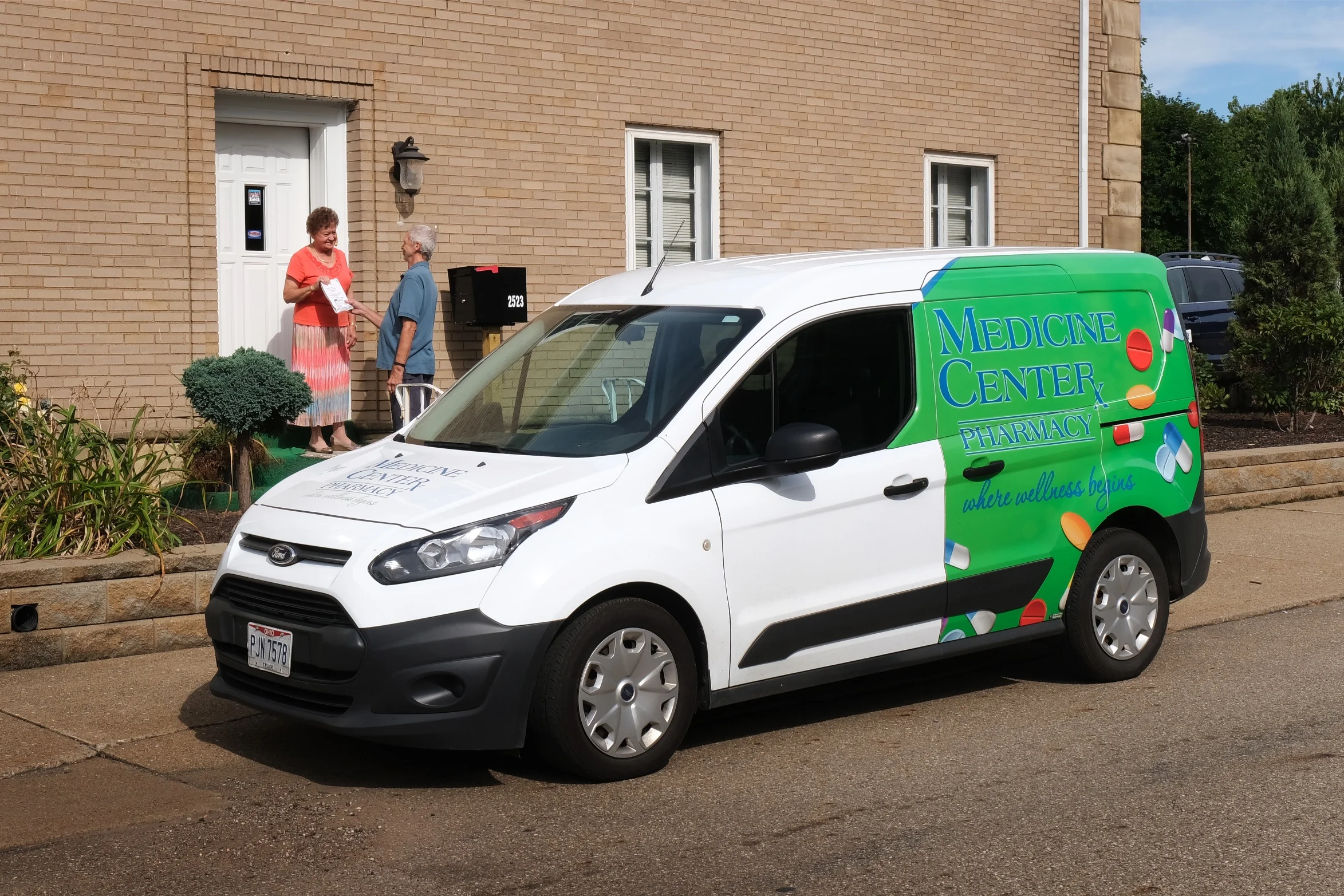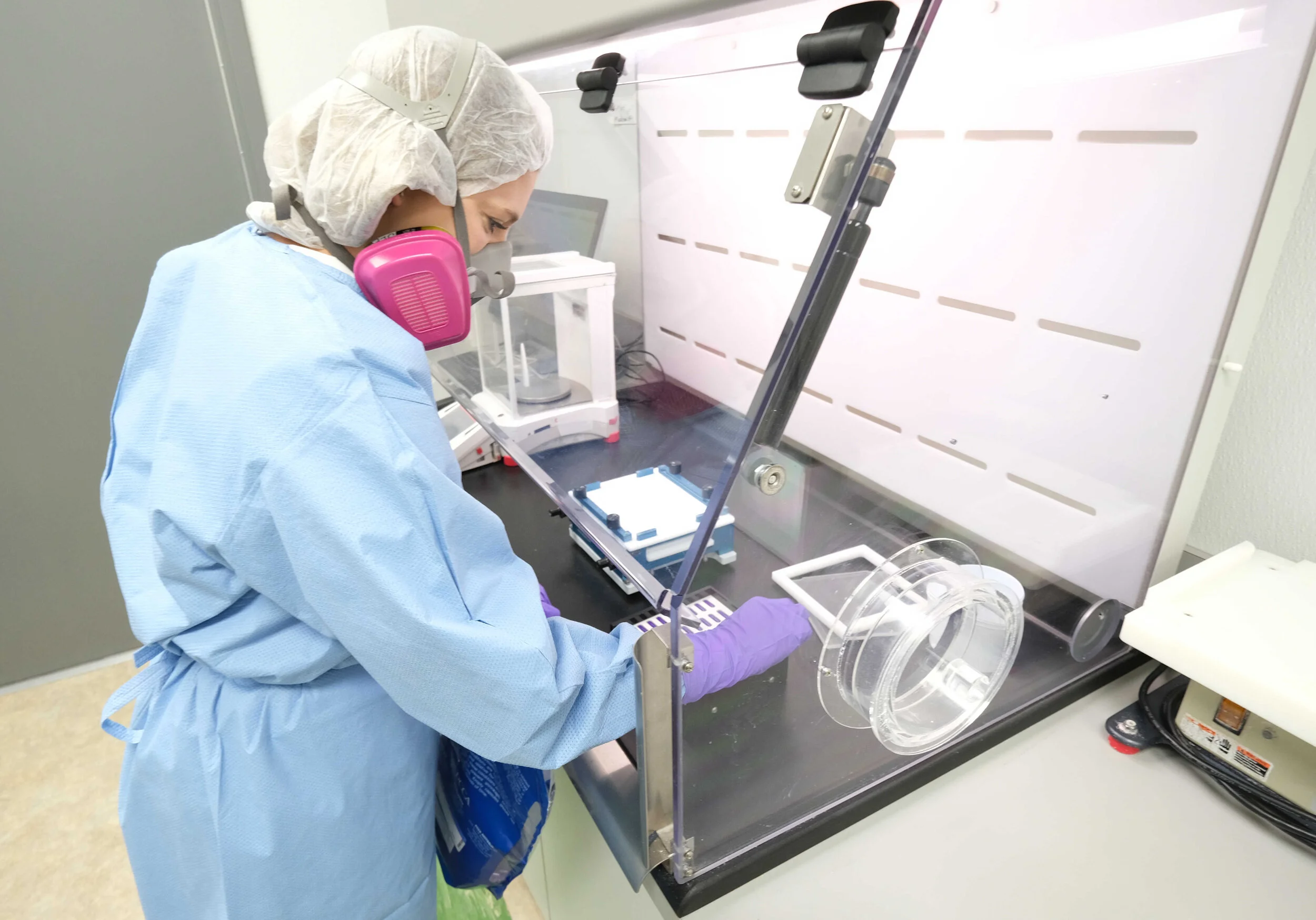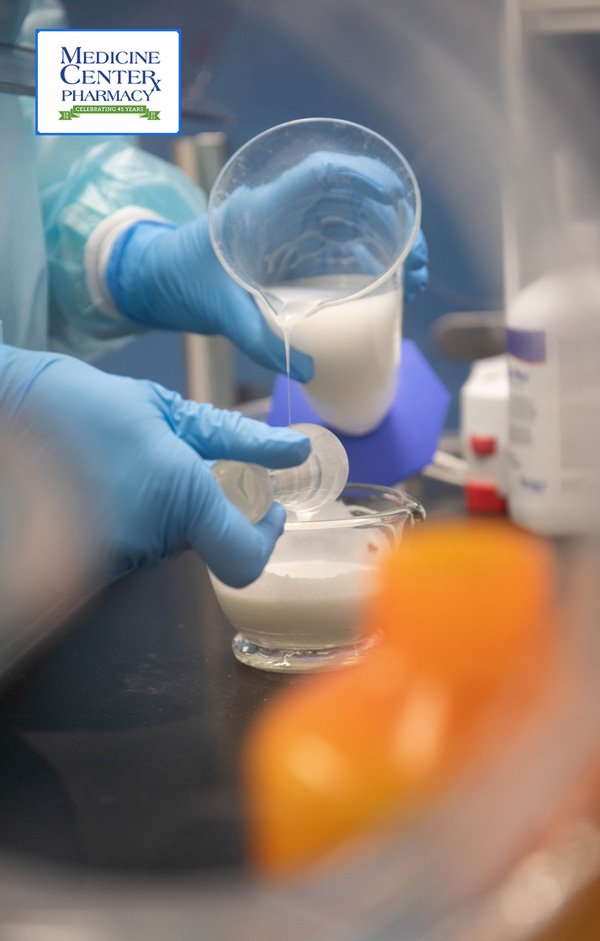Epilepsy is a broad term used to describe people who suffer multiple seizures in their life time. Seizures are defined as sudden, uncontrolled electrical brain activity. Depending on how the brain looks at these electrical currents a person may change behavior, display abnormal movement or even lose consciousness.
As of 2015 about 3.4 million people suffer from epilepsy.1 Most people with epilepsy take one or more medications to prevent seizure activity. However, an estimated 30% of people worldwide do not respond to current FDA approved medications.2 With the rise in popularity of medical marijuana for treatment of epilepsy, scientists have begun to look at opioids again for new uses. Ultra-low doses of naltrexone along with morphine or cannabis are being studied.
What is low and ultra-low dose naltrexone?
Naltrexone is currently FDA approved as treatment for opioid and alcohol abuse. Available in pill or as an injection, treatment for opioid and alcohol abuse uses doses from 50mg to 380mg. Low dose naltrexone broadly refers to dosages below the 50mg mark for opioid and alcohol abuse treatment.3 specifically 0.5mg to 10mg is the studied range when talking about low dose naltrexone.
Ultra-low dose refers to even smaller doses ranging from 1/1000000000 of a milligram to 1/1000000 of a milligram. To picture how small ultra-low dose naltrexone is think of opioid treatment doses as a swimming pool. Low doses are a couple of buckets. Ultra-low doses would be drops.
There is no recommended dose of naltrexone for epilepsy or seizures in humans. The ultra-low doses have only been studied in mice as add-on to opioids and cannabis products. These doses were administered in injection form.
How does low dose naltrexone work to prevent seizures?
Ultra-low doses of naltrexone alone do not stop or prevent seizures. Morphine and cannabis like products work to raise the amount of electrical activity in the brain needed to cause a seizure. The exact way ultra-low doses of naltrexone works with opioids and cannabis in epilepsy is unknown. Scientists think ultra-low naltrexone works either to increase the effects of the morphine and cannabis or helps to decrease tolerance.4-6
What are the studies saying about ultra-low dose naltrexone for epilepsy?
Trials in mice using ultra-low dose naltrexone have been promising. Data favors further study of ultra-low dose naltrexone with either opioids or cannabis like products. However, no data yet suggests any safety for trials in humans. Further animal study is needed to evaluate long term use. Current trials in mice only looked at one seizure per mouse.4-6
What are the risks of using low dose naltrexone for seizure control?
As stated in the above section, current trial data is only for mice after one incident. The effects of treatment long term have not been evaluated. Seizure activity may develop again after time on the medications. Doses tested in mice may not work in humans.
The Medicine Center Pharmacy in New Philadelphia specializes in custom compounded medications in custom dosage forms. The pharmacists are trained experts in low dose naltrexone therapy. LDN therapies can be customized across 23 different dosage forms for 15 different disease state protocols. If you would like to learn more about low dose naltrexone or would like to schedule a phone call or video conference please contact us.
Resources
1. CDC [Internet]. Epilepsy Fast Facts. Center for disease control: Atlanta (GA); last updated 18 July 2018, accessed 18 April 2020. Available from: https://www.cdc.gov/epilepsy/about/fast-facts.htm
2. Wahab A. Difficulties in Treatment and Management of Epilepsy and Challenges in New Drug Development. Pharmaceuticals (Basel). 2010 Jul; 3(7): 2090–2110.Published online 2010 Jul 5. Accessed April 2020.
3. SAMHSA. Naltrexone. Substance Abuse and Mental Health Services Administration. Last updated September 2019, accessed April 2020. Available from: https://www.samhsa.gov/medication-assisted-treatment/treatment/naltrexone
4. Honar H, Riazi K, Homayoun H, Sadeghipour H, Rashidi N, Ebrahimkhani MR, et al. Ultra-low dose naltrexone potentiates the anticonvulsant effect of low dose morphine on clonic seizures. Neuroscience. 2004;129(3):733-42.
5. Bahremand A, Shafaroodi H, Ghasemi M, Nasrabady SE, Gholizadeh S, and Dehpour AR. The cannabinoid anticonvulsant effect on pentylenetetrazole-induced seizure is potentiated by ultra-low dose naltrexone in mice. Epilepsy Res. 2008 Sep;81(1):44-51.
6. Roshanpour M, Ghasemi M, Riazi K, Rafiei-Tabatabaei N, Ghahremani MH, and Dehpour AR. Tolerance to the anticonvulsant effect of morphine in mice: blockage by ultra-low dose naltrexone. Epilepsy Res. 2009 Feb;83(2-3):261-4.












Autoimmune diseases are a complex group of conditions in which the immune system mistakenly attacks healthy cells and tissues. While treatment options exist to manage symptoms, there is no known cure for autoimmune diseases. However, recent research has shed light on the potential benefits of Low Dose Naltrexone (LDN) in managing these conditions. In this blog post, we'll explore some of the latest research findings on the use of LDN in autoimmune diseases.